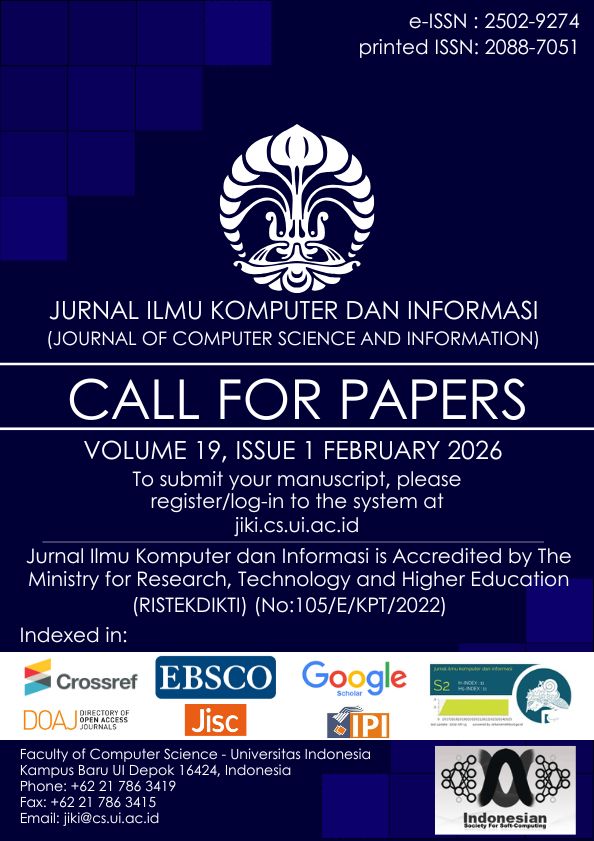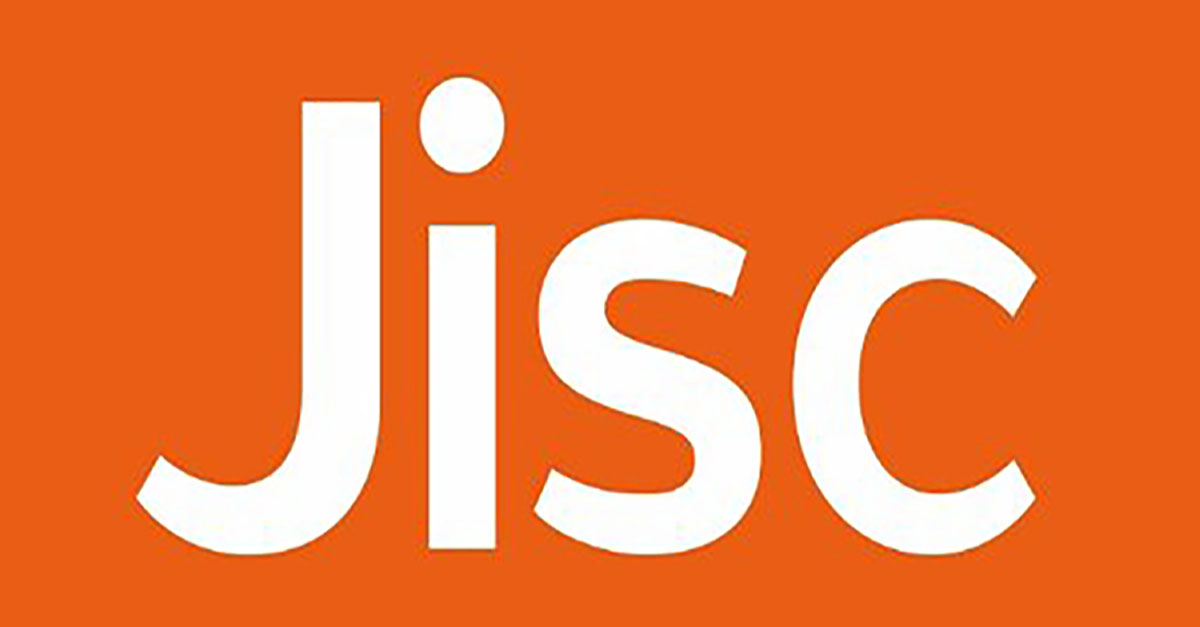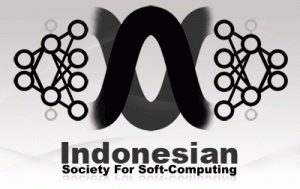Estimating Passenger Density in Trains through Crowd Counting Modeling
DOI:
https://doi.org/10.21609/jiki.v18i1.1314Abstract
The Greater Jakarta Commuter Rail, also known as the KRL Commuter Line, is one of the primary transportation choices for many people due to its comfort and efficiency. However, the level of user dissatisfaction is still relatively high, particularly regarding the frequent and unpredictable overcrowding of trains. To address this issue, our research develops an Artificial Intelligence-based model to predict train passenger density through crowd counting. By utilizing the proposed k-F1 metric and a constructed dataset of train density, we compare three object detection approaches: bounding box prediction (YOLOv5), density map (CSRNet), and proposal point (P2PNet). Our results show that P2PNet excels in estimating the number of people and predicting their locations in crowded situations. However, for situations that have fewer people and larger object sizes, YOLOv5 demonstrates the best performance. To estimate the density of space, we propose a method that takes into account the region of interest, image perspective transformation, and masking. The proportion between the masked area and the total area provides an estimation of the density level within the train. This method can be applied to real-time image-based CCTV systems in predicting train congestion and facilitating transportation management decisions aligned with Indonesia's sustainable development goals.
Downloads
Published
How to Cite
Issue
Section
License
Authors who publish with this journal agree to the following terms:
- Authors retain copyright and grant the journal right of first publication with the work simultaneously licensed under a Creative Commons Attribution License that allows others to share the work with an acknowledgement of the work's authorship and initial publication in this journal.
- Authors are able to enter into separate, additional contractual arrangements for the non-exclusive distribution of the journal's published version of the work (e.g., post it to an institutional repository or publish it in a book), with an acknowledgement of its initial publication in this journal.
- Authors are permitted and encouraged to post their work online (e.g., in institutional repositories or on their website) prior to and during the submission process, as it can lead to productive exchanges, as well as earlier and greater citation of published work (See The Effect of Open Access).










